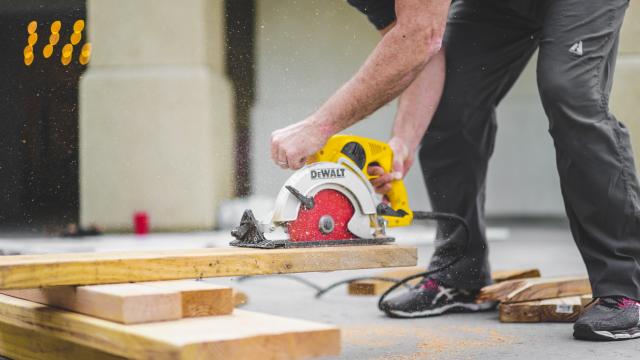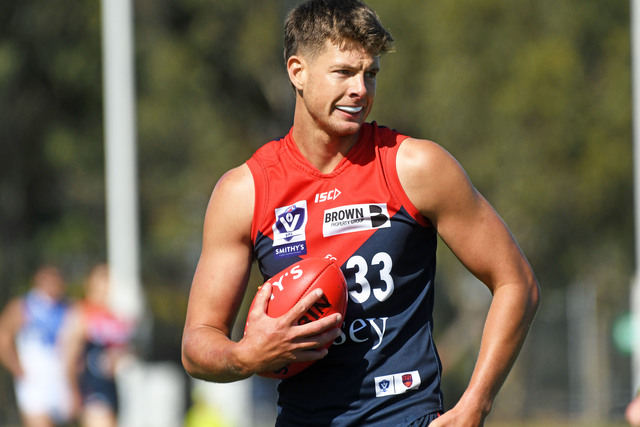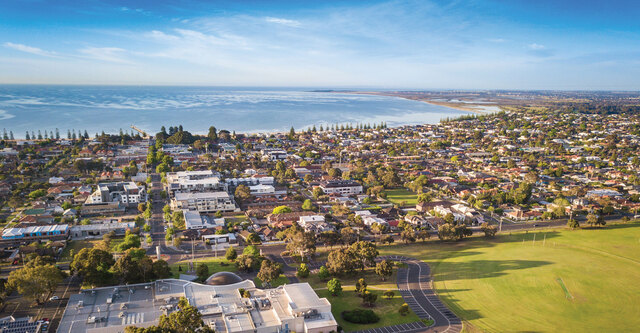A western suburbs paramedic has revealed that he defied orders to classify an 86-year-old Altona North woman as a low priority, in the wake of the death of an elderly Williamstown woman who waited more than two hours for an ambulance.
The woman who died on January 17 was initially deemed a code 1 “lights and sirens” case, but was downgraded to a code 2.
Laverton-Point Cook paramedic Dave Hammond said that he had started keeping records as Ambulance Victoria fights moves by the state Labor opposition to obtain ambulance response times for individual branches.
“The dispatch system is increasingly frustrating paramedics’ patients who are given a lower code (code 2) and are often waiting for extended periods of time as ambulances are constantly being diverted to other, often less acute, cases,” he said.
“In one recent instance, we were dispatched to an 86-year-old female who had fallen in her backyard at night in Altona North and it was only because I requested that a ‘do not divert’ was placed on us that we were able to attend and treat her fractured hip within 20 minutes.”
Mr Hammond said during Melbourne’s recent five-day heatwave, up to six ambulances at a time were stuck at Footscray’s hospital and could not respond to other cases for more than hour.
“[On] Thursday and Friday during the heatwave multiple crews from the western suburbs, I believe at one point, five to six, were ramped at Western Hospital, Footscray, for over an hour, making them unable to respond to any cases.
“Crews from the local area are constantly being sent out of the area to attend cases in other parts of Melbourne, meaning that often ambulances from large distances away are required to attend cases within the Hobsons Bay area.”
He said that on January 18, Hobsons Bay was left with only one paramedic, who was not equipped to transport patients.
“When clearing a case in Williamstown, we were the closest available ambulance to attend a case in Northcote, meaning the entire Hobsons Bay area only had one single responder MICA paramedic – who is unable to transport patients – to cover it.”
An Ambulance Victoria spokesman would not comment on individual cases but said that the death of the Williamstown woman would be reviewed.
He disputed claims that ambulances could not cope during the heatwave.
“During this high demand, we focused ambulances on the sickest patients based on the information provided at the time of call.
“Where delays occurred, we called patients back to check on their welfare and condition and upgraded our responses where that had changed.”






